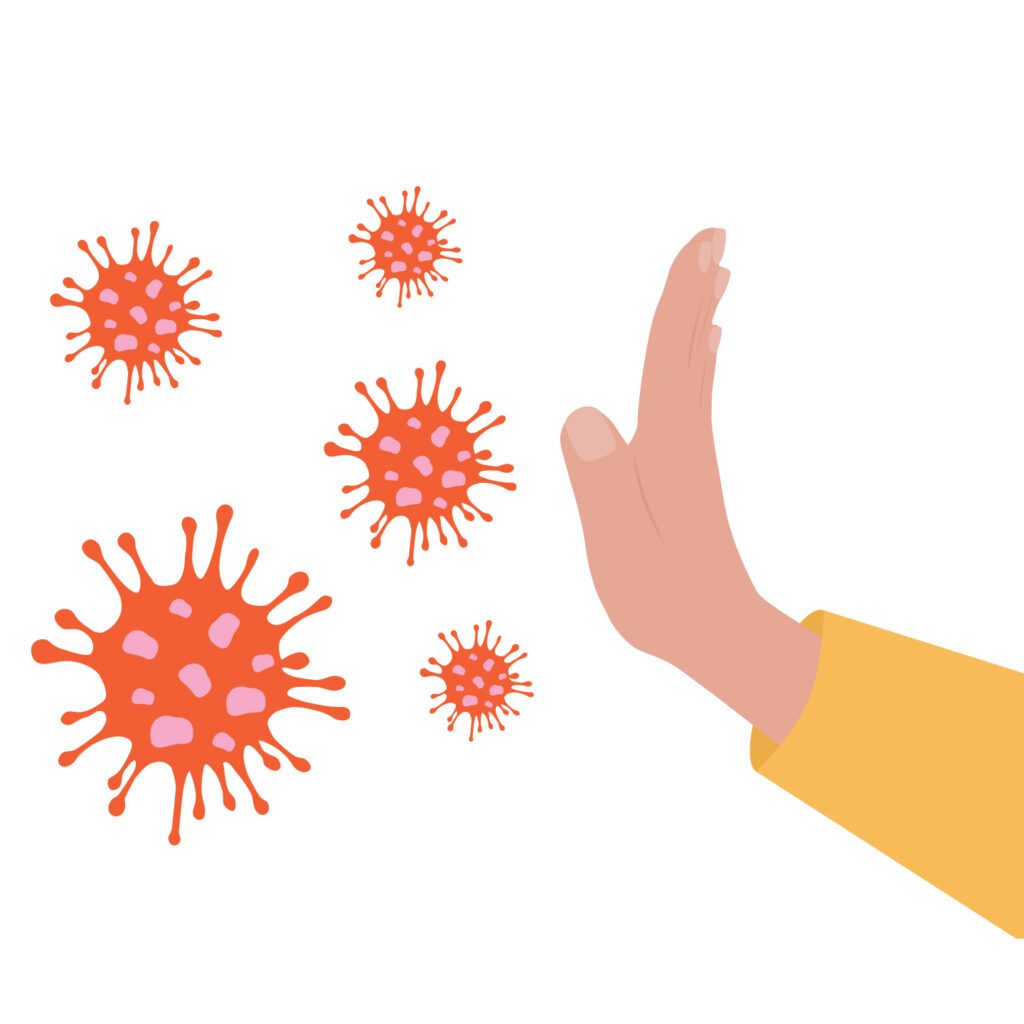Q. I recently switched to a different type of OTC allergy medication. It works better for my symptoms, but I'm not loving the drowsiness that it's causing. Is there anything I can do?


A. While antihistamines are effective in relieving allergy symptoms, they can also cause drowsiness and fatigue. To minimize the impact of drowsiness, one option is to adjust the time of day you take the medication. For example, taking antihistamines at night may reduce daytime drowsiness. It’s also important to take the recommended dosage to avoid exacerbating side effects. If you’re still experiencing drowsiness, speak with your allergist to determine the best treatment regimen for your symptoms and allergies. Allergy skin testing can help with allergen avoidance strategies to reduce medication use. Allergy immunotherapy gradually exposes the body to small amounts of the allergen over time to build up a tolerance without requiring medications. Nasal sprays, such as corticosteroids and antihistamines, are also effective in reducing inflammation and swelling in the nasal passages. Don’t let drowsiness keep you from managing your allergies. With the right strategies and treatments, you can find relief without sacrificing your energy and productivity.



Todd Levin, MD
Board Certified Allergist, Chattanooga Allergy Clinic
Q. My teeth have weakened enamel in several places, and it is beginning to cause some discoloration and sensitivity. Is there anything I can do to rescue my smile?



A. Once tooth enamel is damaged, it cannot be brought back. However, weakened enamel can be restored to some degree by improving its mineral content. Although toothpaste and mouthwash can never “rebuild” teeth, they can contribute to this remineralization process. Over-the-counter products can help, but there are more specialized in-office treatments like Curodont and Icon. Both treatments are designed to strengthen weak areas and do not require drilling into a tooth, like a filling. Curodont is for non-cavitated caries lesions like white spot lesions. The 5-minute procedure is simple and can help strengthen weak areas, hopefully preventing the growth of a cavity. Icon resin infiltration is a minimally invasive cosmetic treatment for white and brown spots on enamel caused by genetics or braces. It helps to even out the look of spotted teeth, giving a more desirable appearance. Ask your dentist if these options are for your smile.



Mandy Shearer, DDS
Dentist, Soddy Daisy Smiles
Q. I’ve recently decided to get hearing aids, but I’m a bit overwhelmed by all the options and I don’t know how to decide which ones would be best for me. Any advice?
A. There are many hearing aid options available today. There are custom hearing aids or behind-the-ear models, both of which may include Bluetooth capabilities. These devices can pair with accessories such as TV streamers, remote mics, and table microphones to enhance listening in a group setting. When one consults a hearing professional, a complete hearing evaluation is performed. In the event a need for a hearing device is discovered, the professional will guide a patient to the best technology and type of device that will be most beneficial for that individual’s loss of hearing and lifestyle.



Cheryl Ward, BC-HIS
Hearing Instrument Specialist, Audiology Services of Chattanooga
Q. I am a diabetic in my late 60s, and I’m afraid that I may be at risk of losing my foot. Is there anything I can do to avoid amputation?
A. The best way to avoid losing a leg from amputation is to engage in your medical care. This means being responsible for understanding your diabetes and controlling your blood sugars with physician support. This is critical for overall limb health, vascular health, and survival. When there are complications from diabetes, such as leg pain, weakness with walking, sores that don’t heal, or even gangrene of the toes, this must be addressed immediately. Most likely, these symptoms are related to reduced blood flow to the lower extremity caused by peripheral artery disease (PAD). The most severe form of PAD is Critical Limb Ischemia (CLI), which can lead to early amputation if left untreated. Fortunately, vascular surgeons can correct many of the blockages with minimally invasive techniques that can save the leg. Don’t delay in the diagnosis, visit your primary care or podiatric specialist immediately.



Chris LeSar, MD, FACS, RVT
Vascular/Endovascular Surgeon, Vascular Insititute of Chattanooga
Q: I am concerned that I may have been exposed to HEP C recently. I haven’t developed any symptoms, but is there anything I can do in the meantime?



A: It’s important to know that getting tested is the only way to know for sure. Hepatitis C symptoms, if any, may include yellow skin or eyes, stomach pain, fever, dark urine, light-colored stool, joint pain, and feeling tired. But some people have no symptoms at all. With the increase in Hepatitis C cases across the United States, the U.S. Preventive Services Task Force now recommends HEP C screening for all adults ages 19 through 79. If you are concerned that you may have been exposed to HEP C, contact your primary care provider and get tested. Some providers, like Cempa Community Care, offer free and confidential testing with results in just 20 minutes. If your results come back positive, providers will work with you to develop a treatment plan as soon as possible. Hepatitis C is curable, and when medication is appropriately taken and you adhere to your provider’s recommended treatment plan, the virus can be eliminated!



Zach Campbell, AGNP
Nurse Practitioner, Cempa Community Care

